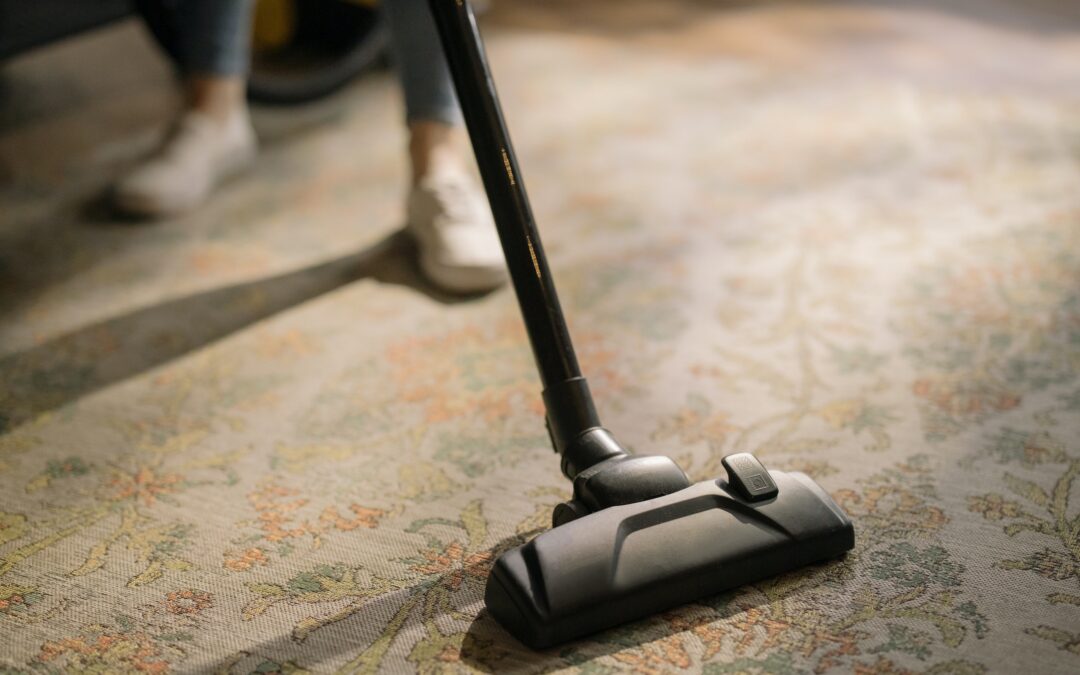When you think about air pollution, I’m sure your first thought goes to the traffic and industrial pollution outdoors? So, it may come as a surprise to know that the air quality inside your home can actually be up to ten times worse than outside!
Indoor air pollution is defined as: “dust, dirt or gases in the air inside a building that harms us if we breathe it in.”
Pre-covid, the average person statistically spent 90% of their time indoors, and now, as we find ourselves living through lockdowns and working from home, I would say it’s highly likely that percentage has risen for the majority of people!
The air we breathe is just as vital to our health and wellbeing as the food we eat, so today I want to highlight the common air pollutants inside your home so that you can limit, avoid or remove them altogether:
Candles
Many candles, especially scented, are full of synthetic chemicals. Those chemicals evaporate with the flame and you then breathe them in. If you’re someone who likes to burn candles on a regular basis, I really recommend you start using the non-toxic versions of which there are now a number of great brands such as NEOM.
Air Fresheners
When I see those ads for plug-in air fresheners, where there is one in every room, it makes me feel nauseous! As above, just because something smells nice, it doesn’t mean it’s good for you. Avoid regular synthetic air fresheners at all costs unless they’re officially non-toxic. A great substitute would be a room diffuser or essential oil burner.
Cleaning products
This one’s fairly obvious, but many standard household cleaning products are full of toxic chemicals. Instead choose the eco-friendly, non-toxic versions that are widely available these days. You can also reduce the amount of product you need to use by opting for reusable microfibre cloths – as a side note, I swear by these, they polish glass, chrome and work surfaces without the need for any cleaning products at all and they are naturally antibacterial!
Laundry
Many people dry their laundry indoors during the Winter but if your fabric detergent or conditioning products aren’t eco-friendly, then you’re essentially breathing in nice smelling chemical fumes! … Yet another reason to invest in eco-friendly non-toxic products!
Household/DIY Fumes
Paint and other substances like glue, plastics and foam can give off toxic gasses as they dry – the technical term being ‘gassing off’. Believe it or not, some plastic shower curtains, foam mattresses, sofas etc can give off toxic fumes for up 1-7 years because they are essentially still drying off! This is one of the many important reasons to have fresh air circulating throughout your home. Also, think about buying second-hand furniture to avoid exposure to gasses coming off new products.
Mould
Mould thrives in dark, warm, damp environments, so again, it’s really important to keep areas like bathrooms and kitchens well ventilated. Mould can cause (often mystery) allergic reactions in people and although very rare, some moulds are also highly toxic! If you do have a long-term mould or damp problem in your home, it is very important you get this checked out and find a way to kill it off.
Other than avoiding or removing these potential toxins in the air, there are a number of things you can do to create a good quality air indoors:
Ventilate
Firstly, this one sounds obvious, but it is often surprising to me how many people rarely open their windows. It’s really important to get fresh air circulating around your home on a daily basis, not only to remove any toxins in the air but also to replace the old, stale air with fresh air from outside.
Clean regularly
Dust and everyday dirt, especially if you have a pet, can accumulate very easily and create a breeding ground for bugs and even rodents. Many people have allergies to dust, which is usually due to the dust mites that live and feed on dust!
Re mould: It’s also really important to clean your bathroom and kitchen on a regular basis where mould can thrive. White vinegar or bleach are great for killing mould, and of course, you want to ventilate well when you use those products!
Indoor plants
There are a number of indoor plants that are said to be particularly good for detoxifying the air. However, the reality is that to make any significant impact you’d need a lot of them! I still love indoor plants because they’re recycling the carbon dioxide we exhale back into oxygen and they are generally good for our mental health!
Carbon monoxide monitor
Carbon monoxide is odourless and colourless so you would have no idea if you were at risk. Central heating systems, gas water heaters, wood stoves, fireplaces, furnaces, or unvented kerosene heaters can all produce carbon monoxide – so if you have any of these at home and don’t have a monitor, I’d suggest you get one asap. They work in the same way as a fire alarm and prices start as low as £10.00.
Air purifier
Lastly, if you want to take your air quality seriously, you can invest in an air purifier. These are becoming increasingly popular as people pay more attention to their wellbeing, similarly to home water filters. Air purifiers are also very helpful for people suffering from asthma or allergies as they essentially remove air-borne particles from the air. It’s worth mentioning that IKEA is taking this topic seriously having worked with leading Universities to develop air-purifying curtains this year!
Kate


